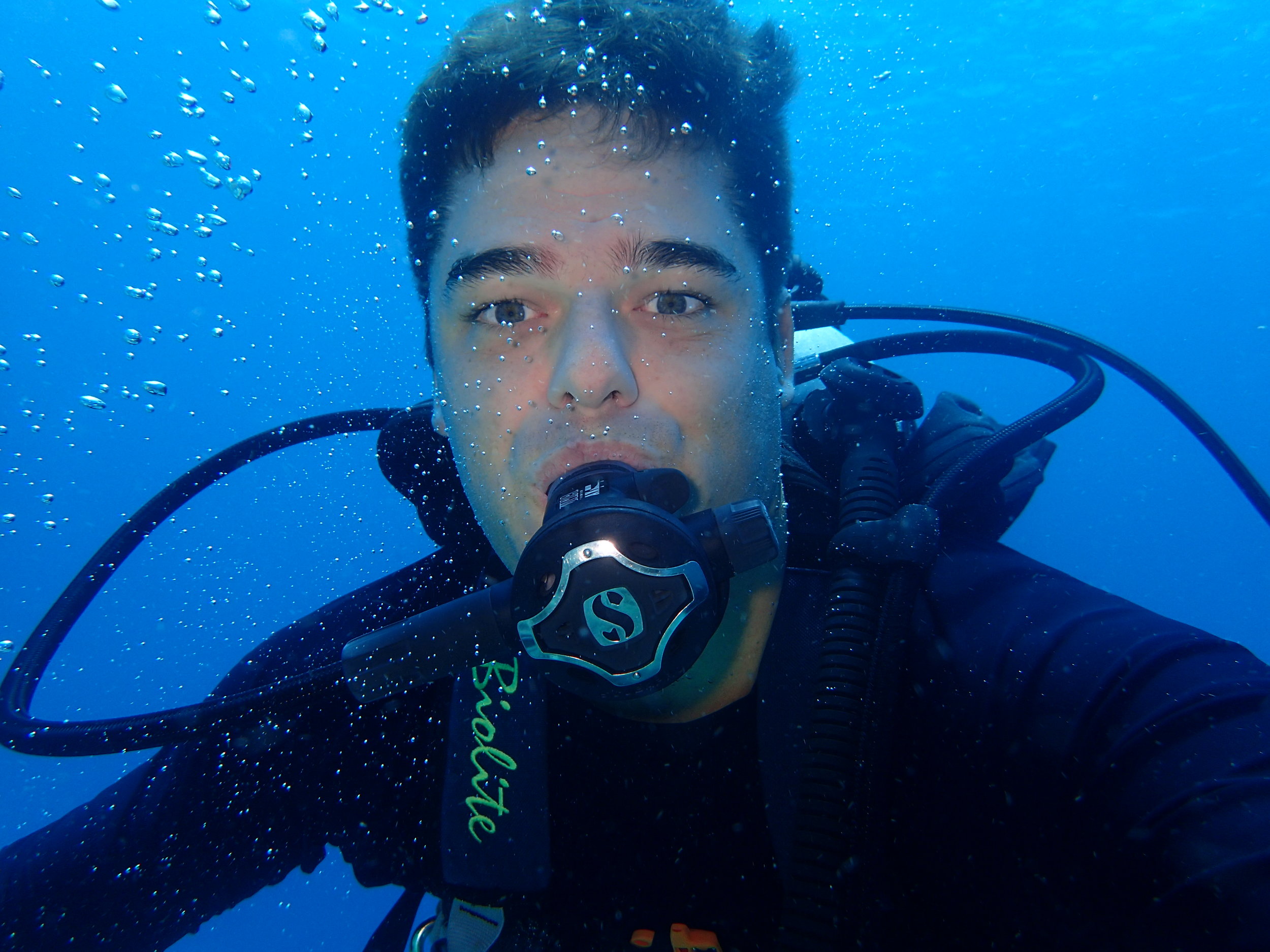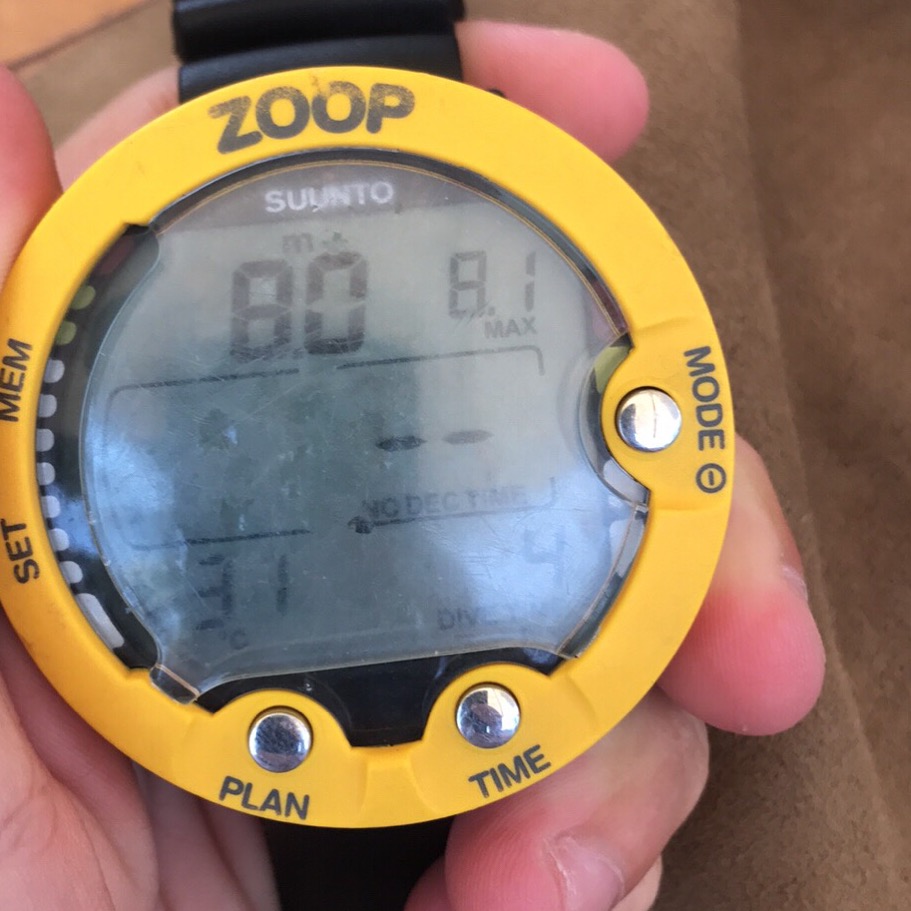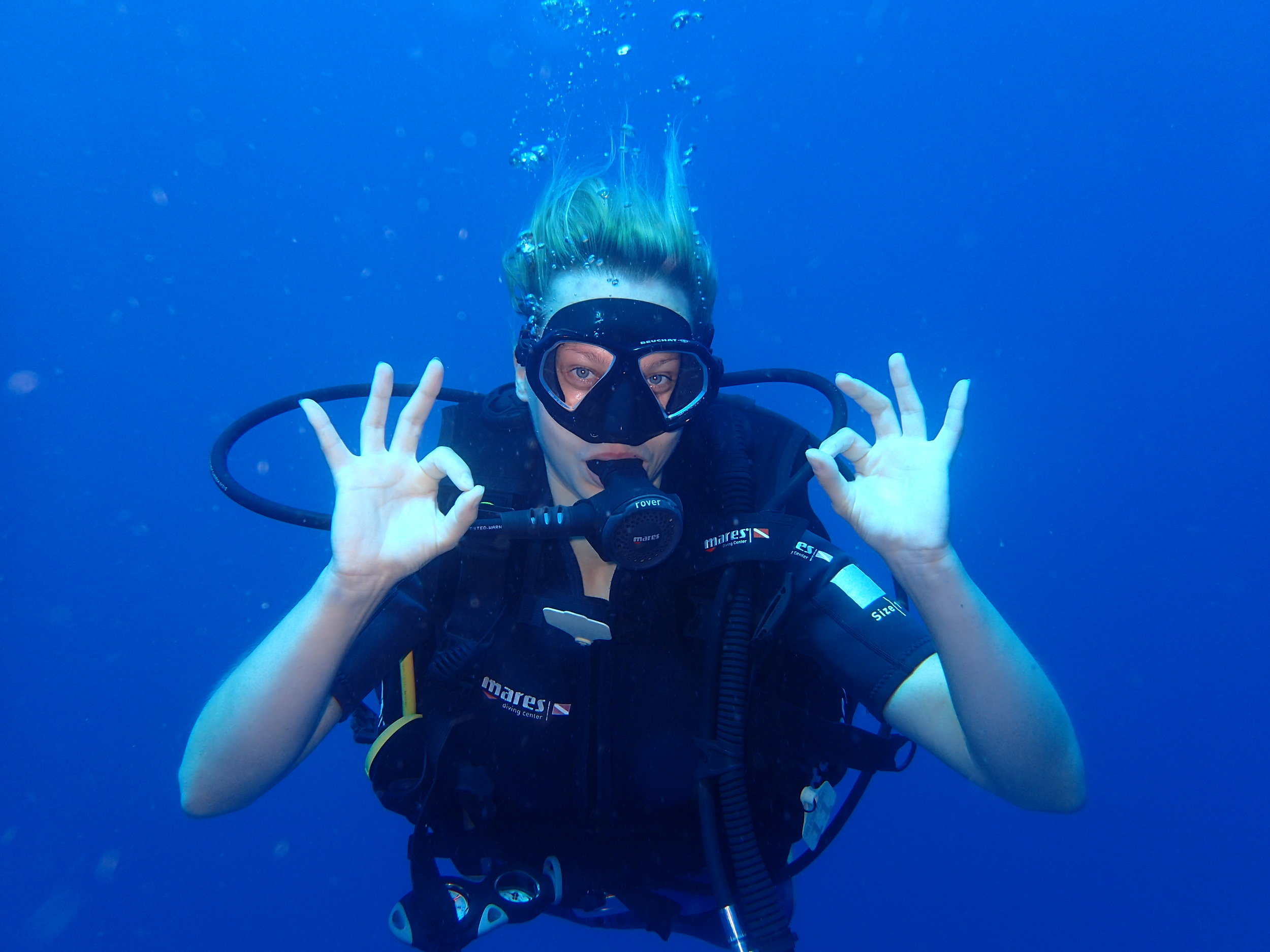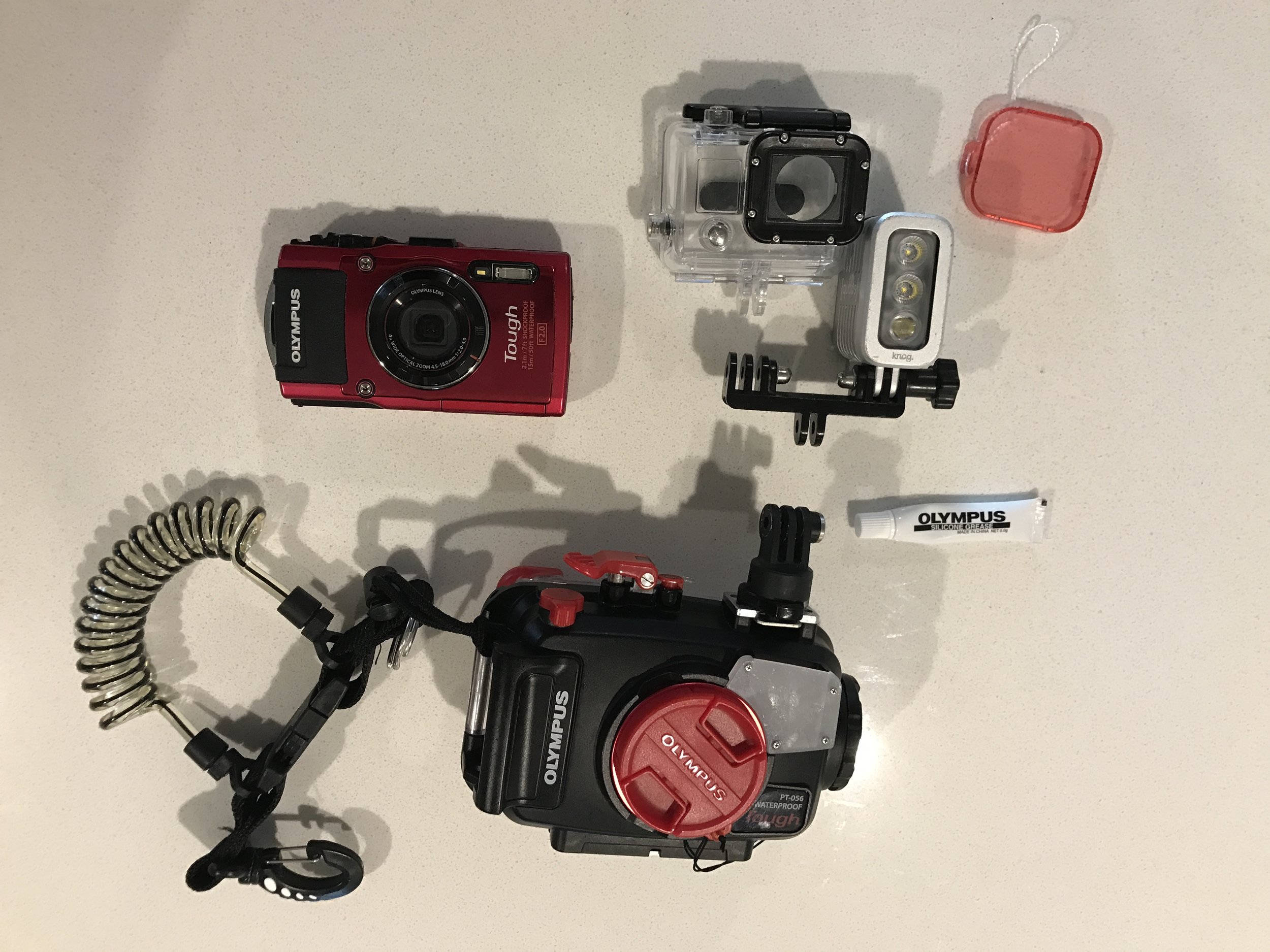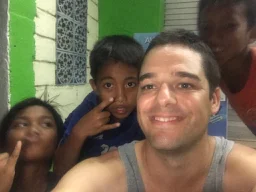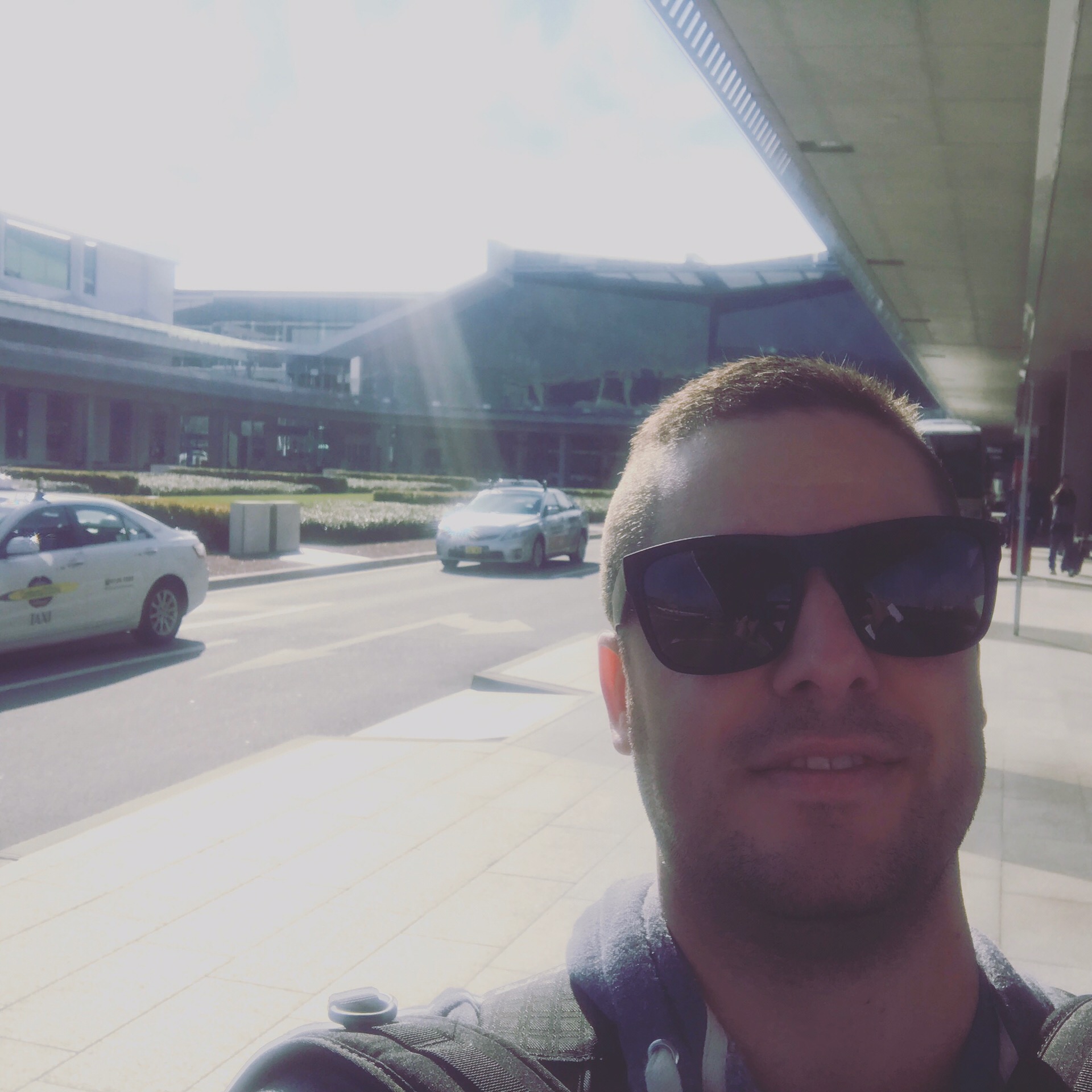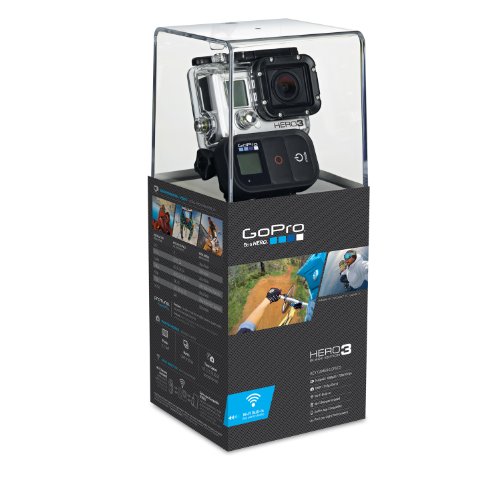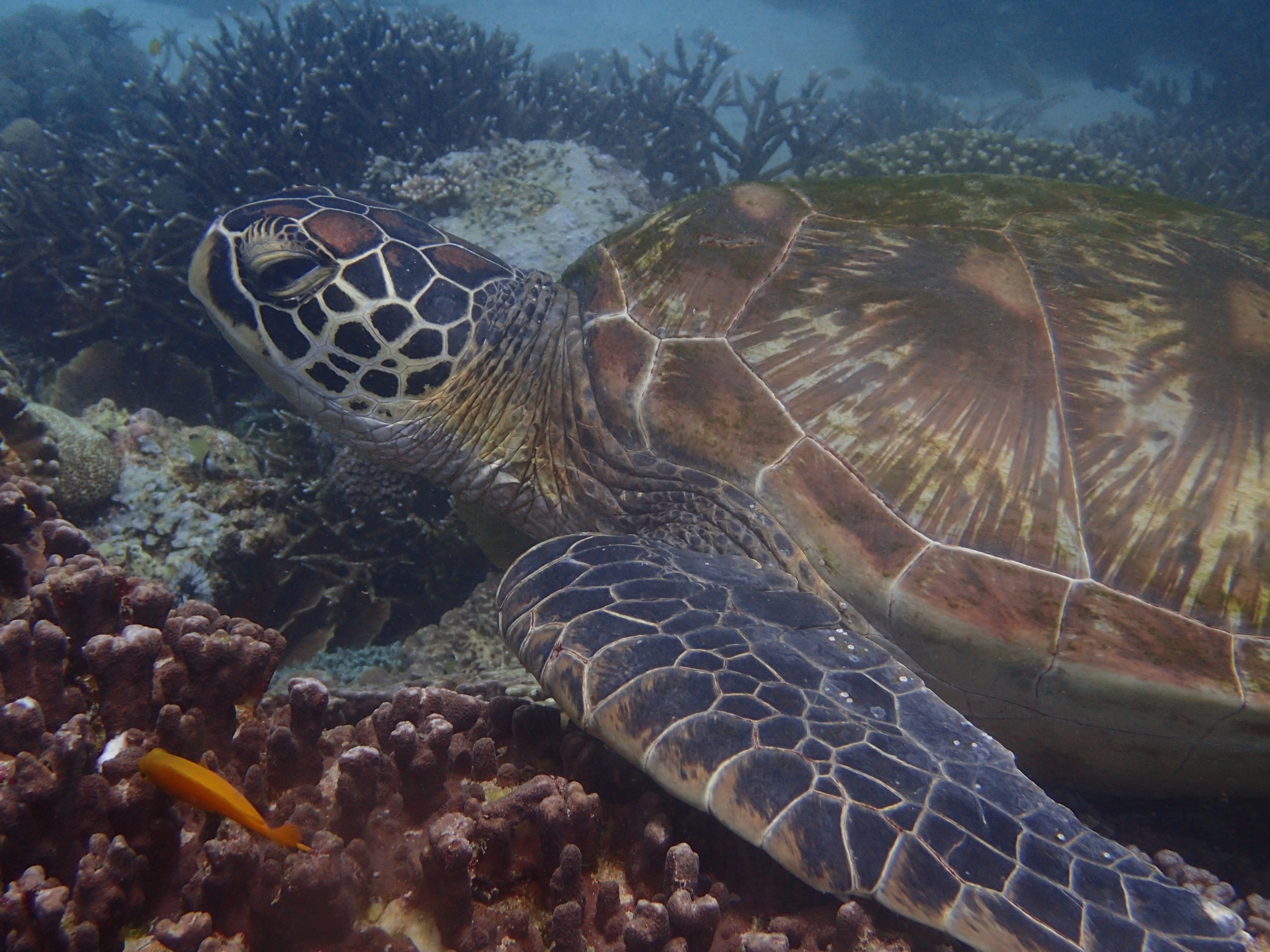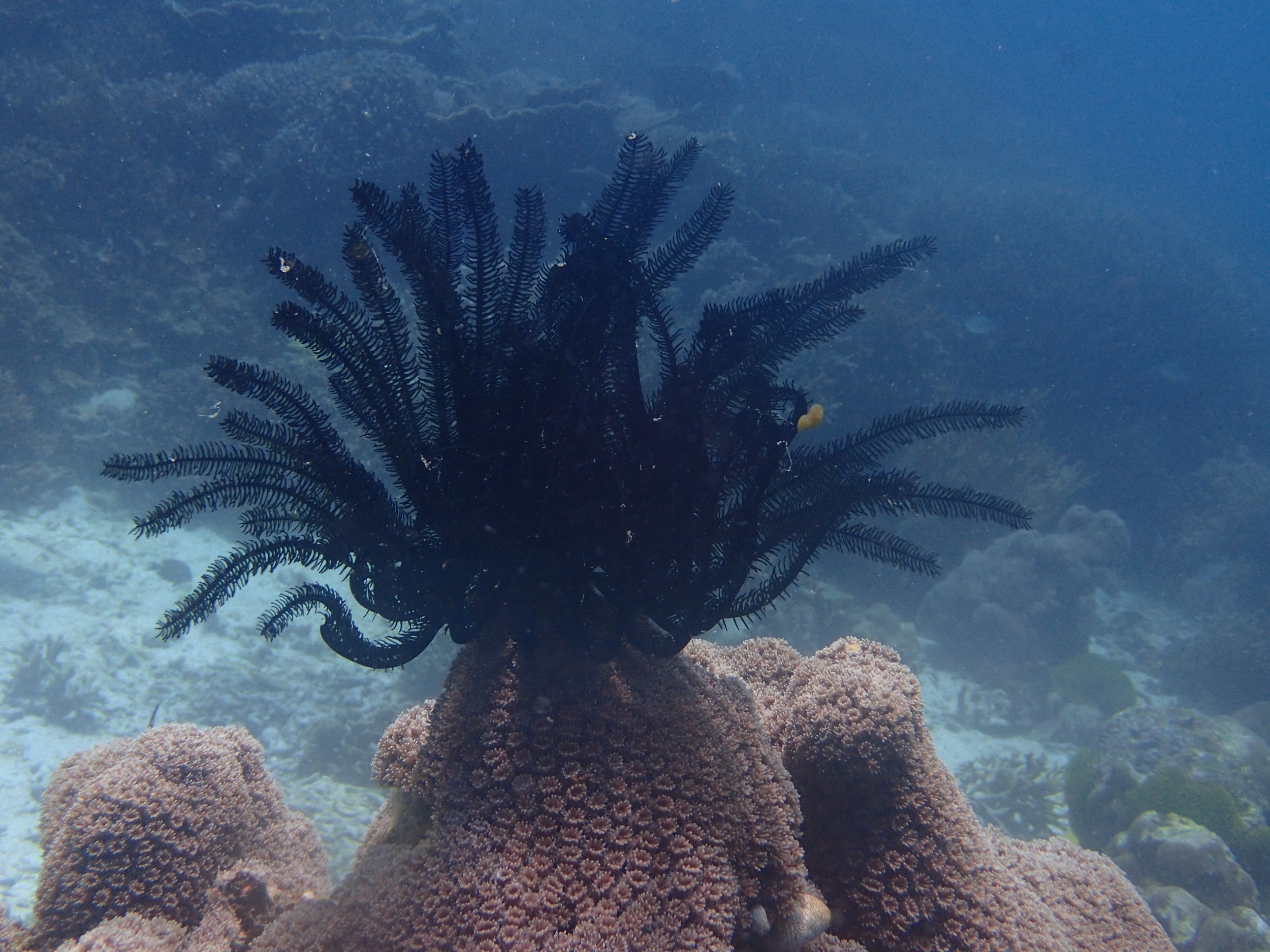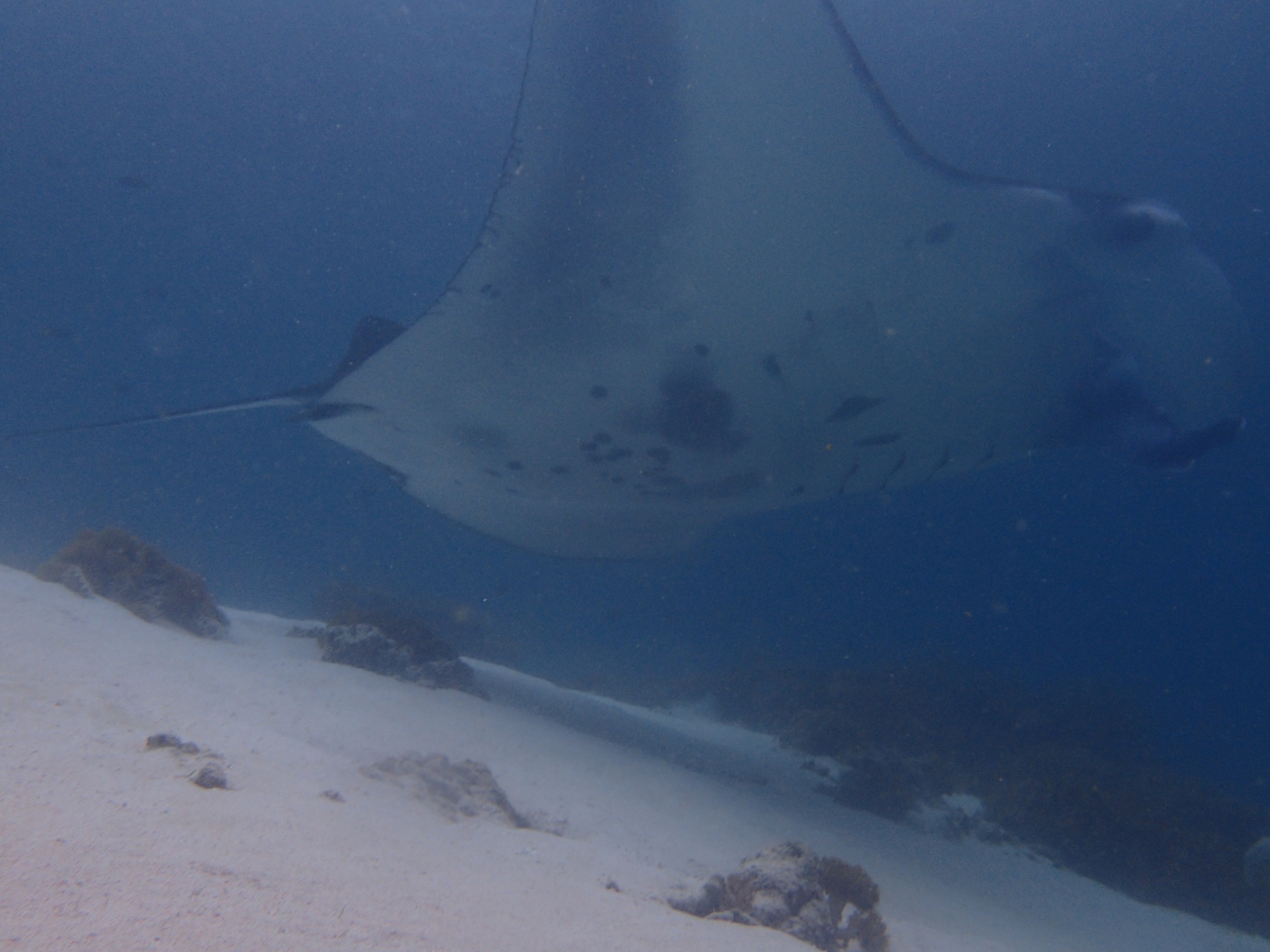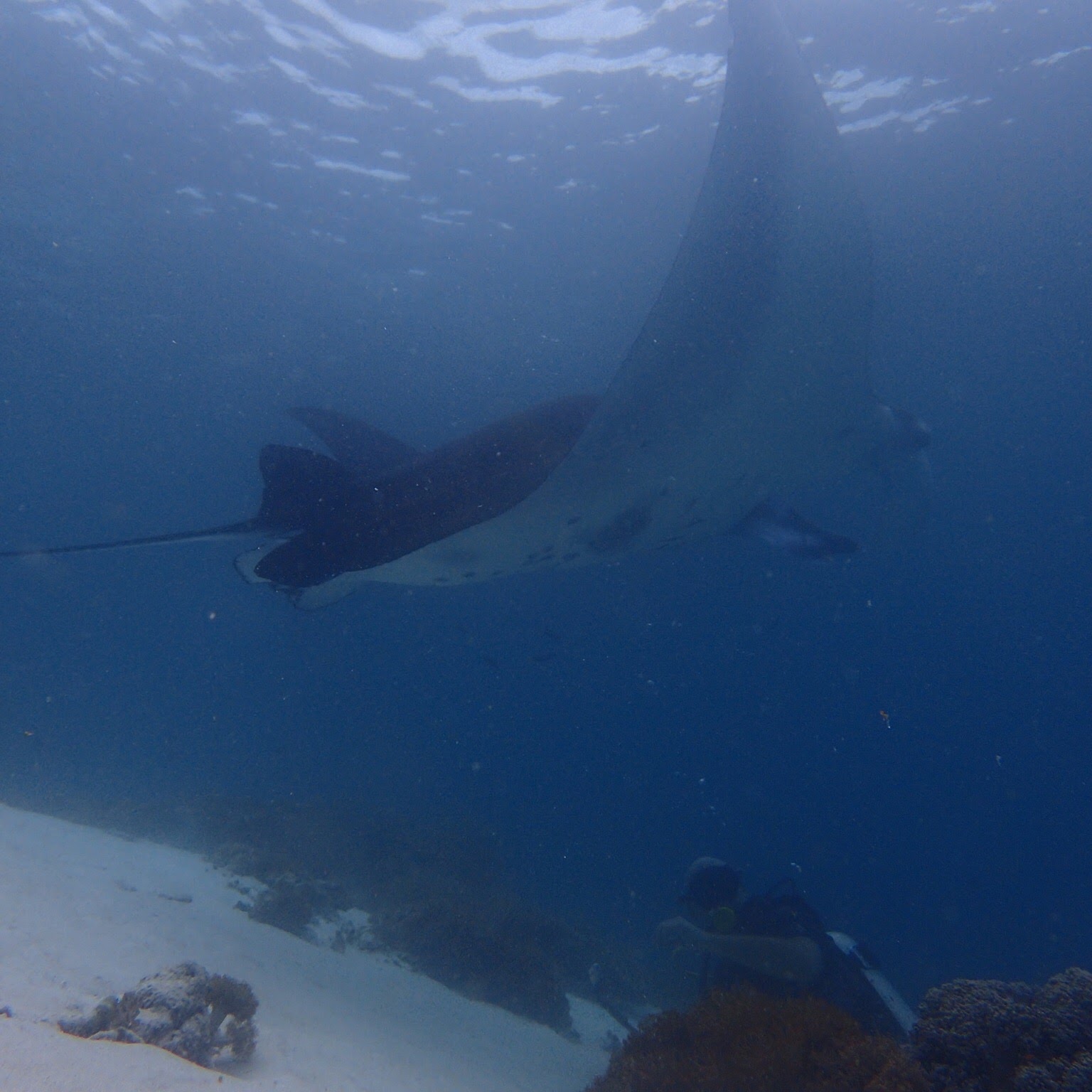Back in the pool!
/Over the weekend my local dive club and shop offered one of their regular ‘try dive’ sessions in the swimming pool.
For those that don’t know, I live in Canberra, approx 150km from the ocean, however, my local shop and club are a highly active group who are training year-round.
The try dives allow people who are thinking of learning to dive, a quick, safe and fun way to ‘try before you buy’.
I worked with 4 different groups for about an hour each, focusing on some basic skills and then a bit of a swim around the deeper end of the pool trying to be neutrally buoyant.
My first group was a single person - he was amazing. So much so we did far more skills than any of the other groups during the day - up to and including full mask removal - traditionally the sticking point for many - not least of which included me.
The other 3 groups were very very scared new divers.. These are the challenging clients I like working with. If they don’t just chuck in the towel at the first struggle, I am happy to just sit on the bottom breathing off a regulator so they get used to the feeling.
My final group of 2 girls were so scared when it started then at the 45min mark of our hour session, which included just kneeling, breathing, removing and clearing the regulator, they both felt comfortable enough to flood their mask and picked up buoyancy enough to have a swim around the deep end of the pool.
All my try divers have gone on to book their open water course!





